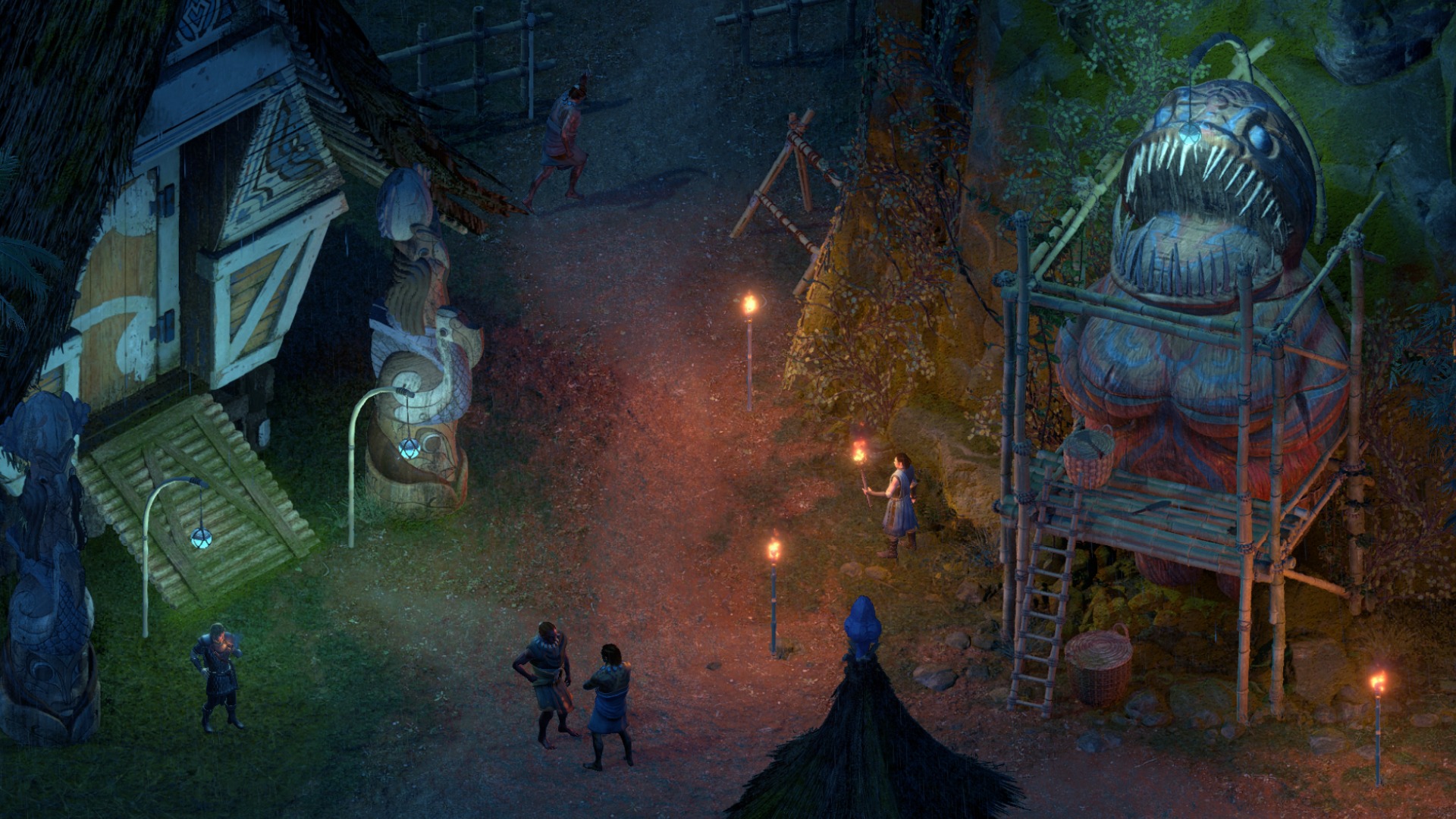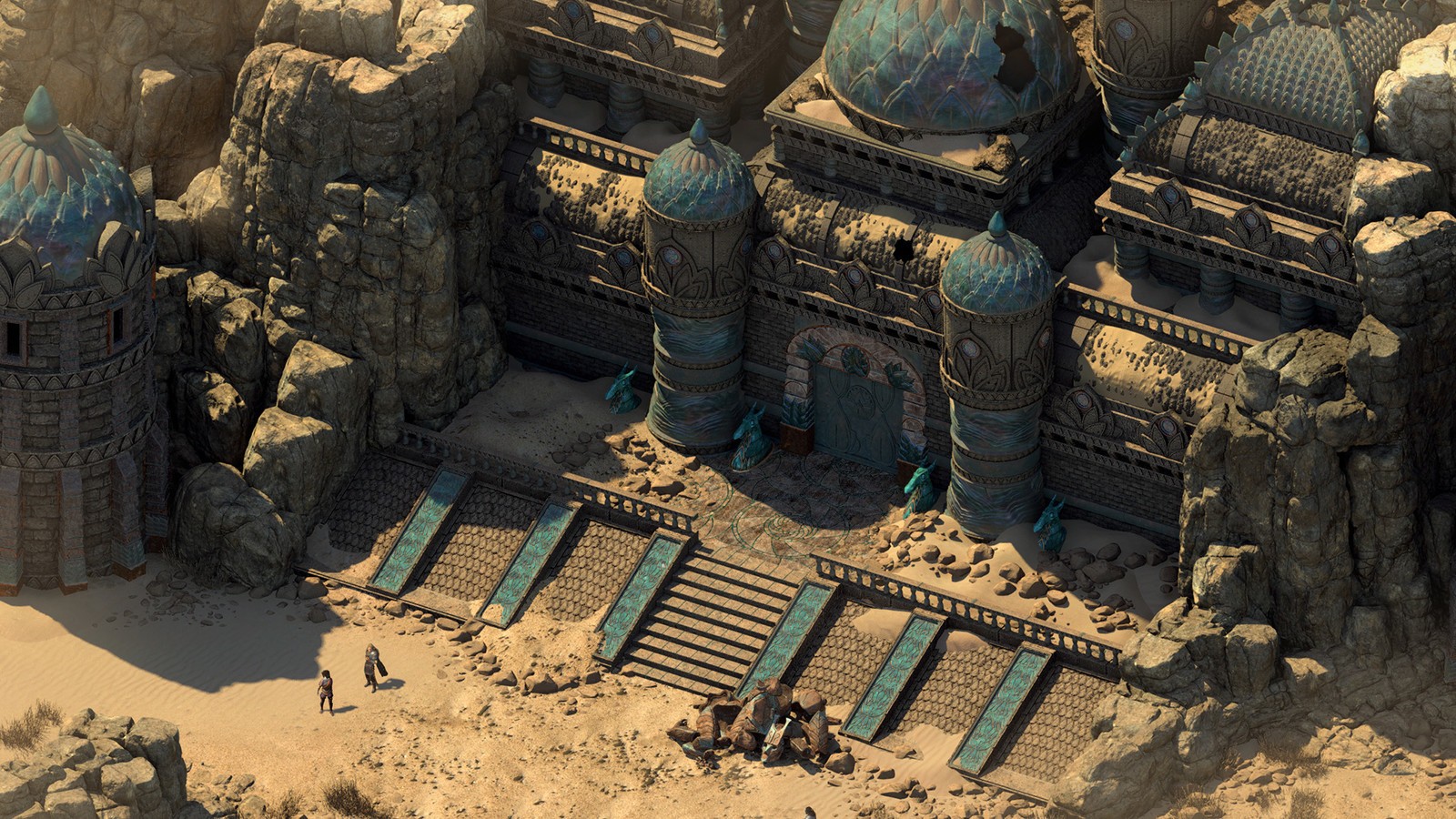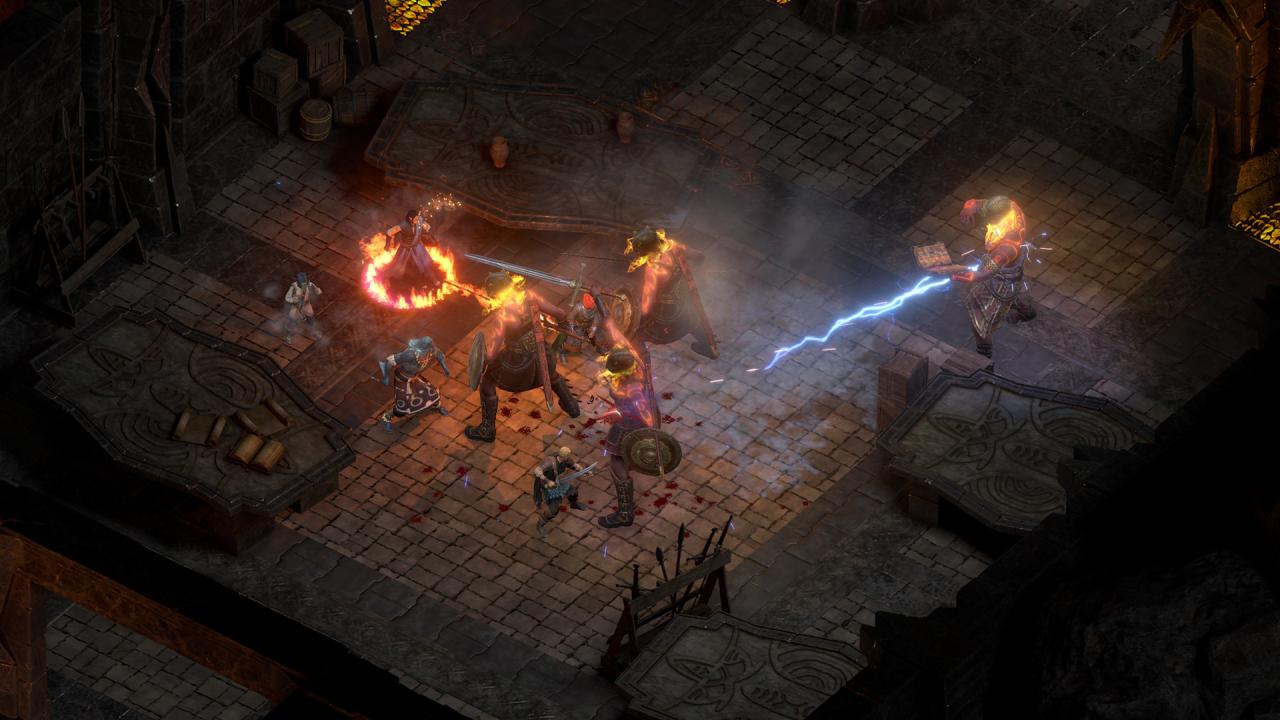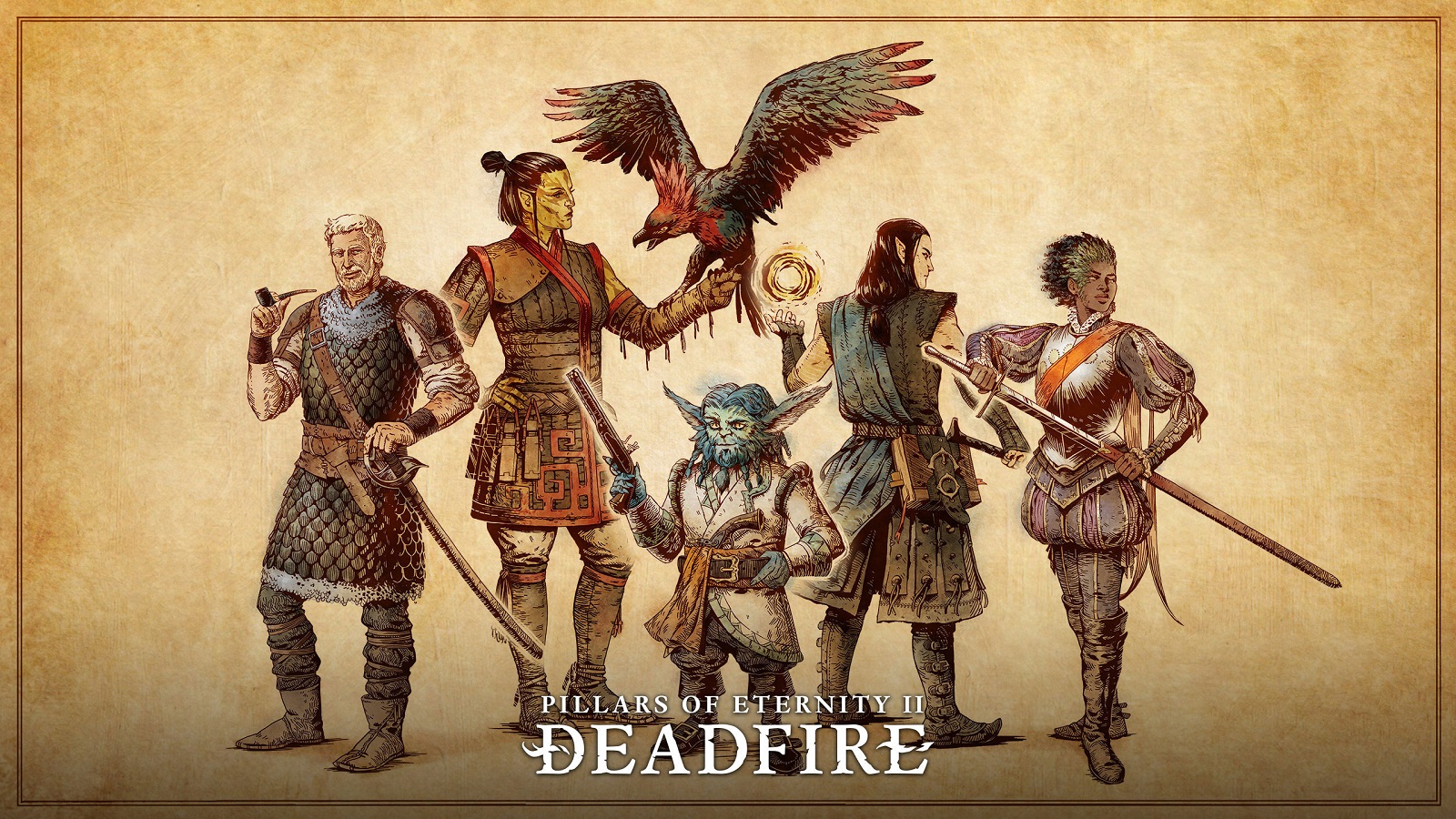If it wasn’t clear already, cRPGs are back.
Driven partly by crowdfunding, nostalgia for classics such as Baldur’s Gate II and a market that for many years left cRPG fans wanting, there has been a drive to resurrect the genre. The first Pillars of Eternity was a key part of this revival, and still stands, along with its significant expansions, as one of the best. But there’s competition, with Divinity: Original Sin 1 and 2, Torment: Tides of Numenera, Wasteland 2, let alone developer Obsidian’s own Tyranny. So Pillars of Eternity II: Deadfire has the difficult task in standing out from the now busy crowd, and making its own mark on this venerable genre, while still maintaining everything that made it great in the first place.
Like all games in this genre, Pillars of Eternity II is a massive game. In almost every direction this game is expansive, from its thousands of lines of voice over dialogue, to combat options, to HUD tweaks, to fantastically deep lore, Pillars of Eternity II is a lot of game.

Pillars of Eternity II is a true sequel, taking place soon after the end of the first game. The god Eothas has awoken below your castle, destroying it and almost killing you. But a mysterious power has offered you your life back, in return for a covenant that you hunt down the god as he walks among the Deadfire Archipelago, leaving only destruction in his wake and in search of only what he know what. You are given a ship to pursue Eothas and there your journey starts, with you waking from your near death experience.
Good writing is essential to games like this. Good writing not in just terms of technical accomplishment but also in the game’s ability to build a realistic, believable, and perhaps most important a consistent lore that makes the world you find yourself in like a place that’s existed for thousands of years. And Pillars of Eternity II delivers in a hugely deep world where every consequence of every conversation has been carefully thought through. This is world-building in the best sense, and feels like it has its own backstory and history much larger than the two games in this universe so far.

It can at times get in its own way, with sentences full of places, people and events meaningless without remembering every small interaction in both the previous and this game. Fortunately most things you need to know about are helpfully highlighted in the text box, letting you click through for an explanation on what that battle might have been or why the person you’re talking to is important.
This is a game for hardcore fantasy fans, and the excellent writing will do much to endear itself to this audience. Beyond the (in my opinion) mediocre combat I found it was the writing that kept me interested in this game. There are a range of difficulty options to cater to how you want to play, that allow you to dial down the role that combat plays in the experience of your many tens of hours in this world. The real time with pause combat can be extensively tweaked through a huge myriad of customisation options, which is great for those who know exactly what they like.

There’s also customisation at every single turn in this game. Want to customise your avatar? No problem. Want to choose your specific playing style that caters to exactly how you want to shape your character? (before you’ve played any of the game and know how this may affect your playthrough? Want to choose from half a dozen dramatically different HUD options, all yours. For players new to the genre it can feel like the tyranny of choice, but I know that its catnip to the core audience for these cRPG revivals.
There have been a number of other key enhancements to Pillars of Eternity II. The whole game looks great, even in 4K, though it is surprisingly taxing on the GPU hardware. There’s full voice acting, faster loading times, more AI customisation and an improved camera. It all means that mechanically it’s a polished, thorough game that really sets itself up as a platform to be explored through multiple playthrough with different characters, personality and combat styles. Pillars of Eternity II could be your game for a long time.

While this will only affect a microscopically small portion of the game’s audience, there is cloud save to pick up across multiple installs, however this is limited to the same platform. So, for example, my Mac can’t pick up a save started on my Windows PC. It’s not a huge deal but for those with perhaps a Mac laptop and a Windows Gaming PC at home you’re going to have to play different campaigns, or run a separate Windows boot drive for on the go gaming.
Pillars of Eternity II: Deadfire is an achievement. From its hugely detailed world, interesting characters and fantastic story and even if it’s your thing the combat, developers Obsidian Entertainment have poured a huge amount of heart, soul and talent into flaming the fan of a modern cRPG genre. And while it often feels like there has been little movement in terms of improvements, taken as a whole the range of improvements in Pillars of Eternity II do modernise the genre and help it keep pace with contemporary expectations.
If you love high fantasy, political intrigue and lore as deep as anything Tolkien put out, then Pillars of Eternity II: Deadfire will be just the ticket for you.
[rns_reactions]
Released: May 2018
Rating: M15+
Platforms: PC (Windows 10)
Genre: RPG
Developer: Obsidian Entertainment
Publisher: Obsidian Entertainment</p

